Last night, the 90th Academy Awards were held in Los Angeles with two, count ’em, TWO horror films taking home statues in the night’s top categories: Jordan Peele’s socially-charged horror-comedy Get Out won Best Original Screenplay while Guillermo del Toro’s monster-lead horror-fantasy-romance, The Shape of Water earned Best Picture (and Best Director for del Toro).
The horror genre is often seen as the black sheep of the film family. Though they frequently have audiences in fits, they’re seen as cheap movies with little artistic value, and sometimes a scapegoat for politicians talking about real life problems. Some scary movies have been up for the coveted gold and come home empty handed despite being outright classics of the genre, like The Sixth Sense, The Bad Seed, Carrie, The Amityville Horror, and Psycho. There have, however, been some horror movies given recognition at The Academy of Motion Picture Arts and Sciences – sometimes the gore is just too good. Let’s look back at the history of horror at the Oscars.
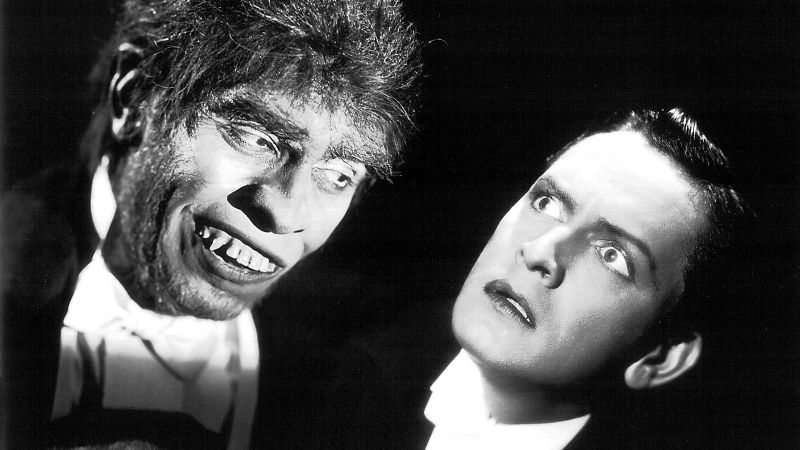
Dr. Jekyll and Mr. Hyde (1931)
This 1931 adaptation of Robert Louis Stevenson’s classic tale was the first horror film to be nominated for any Academy Awards, gaining Best Adaptation and Best Cinematography nominations and with star Fredric March winning the Best Actor award for his portrayal of both Dr Henry Jekyll and Mr Edward Hyde. Not only did March’s victory mark the first win for a horror film at the Oscars, it was the first tie in Academy Awards history as he shared the prize with Wallace Beery from The Champ. We should note that March did technically beat Beery by just one vote, however the voting rules at the time “considered such a close margin to be a tie.”

Phantom of the Opera (1943)
Ten years after his masterful performance in The Invisible Man, Claude Rains starred in a remake of The Phantom of the Opera as the title character. The film was Universal’s only “classic monster” feature to be shot in color and was actually awarded the Best Cinematography, Color Oscar. At this time, the Academy had two different Cinematography awards due to the mix of films being produced in color and those in black and white. The new version of Phantom was also awarded the Best Art Direction, Color Academy Award.
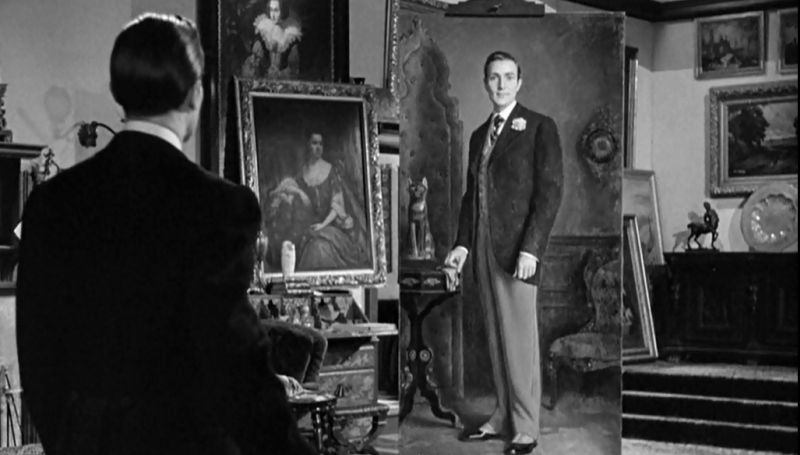
The Picture of Dorian Gray (1945)
Two years later, another horror film would take home Oscar gold with the MGM adaptation of Oscar Wilde’s The Picture of Dorian Gray. In a mirror image of Phantom of the Opera, it was awarded the Best Cinematography, Black and White Academy Award. It marked cinematographer Harry Stradling’s first win and third nomination, and he would go on to receive 12 more nominations and one more win, for My Fair Lady in 1964.
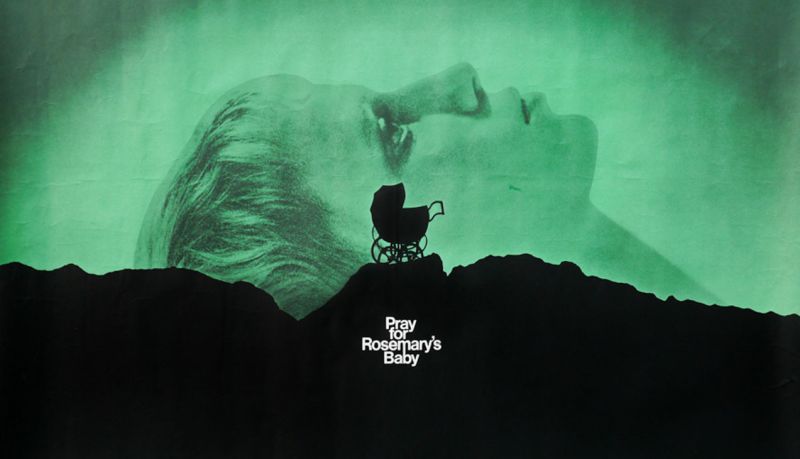
Rosemary’s Baby (1968)
23 years would pass before another horror movie was given its due at the Academy Awards (since the genre had turned into nuclear war inspired monster movies for the better part of a decade). Roman Polanski’s Rosemary’s Baby would gain two nominations, Best Adapted Screenplay and Best Supporting Actress with Ruth Gordon winning the prize for her role of Minnie Castevet. 11 years later she would go on to win an Emmy for her role in the sitcom Taxi.
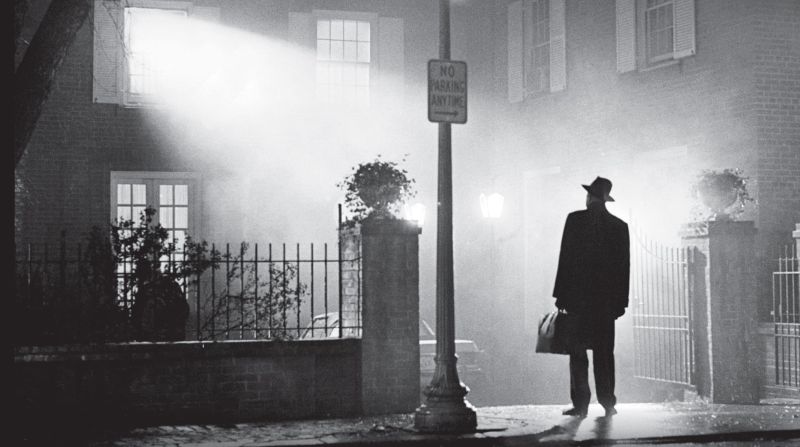
The Exorcist (1973)
Even The Academy couldn’t deny the appeal of one of the scariest movies ever made as William Friedkin’s The Exorcist racked up ten nominations, tying The Sting for the most in that year. The film only won two Oscars, for Best Adapted Screenplay and Best Sound, but was also nominated for Best Editing, Art Direction, Cinematography, Best Actress (Ellen Burstyn), Best Supporting Actor (Jason Miller), Best Supporting Actress (Linda Blair), Best Director, and Best Picture.

Jaws (1975)
Steven Spielberg forever changed the landscape of the summer movie season in the mid-‘70s with Jaws and it managed to take home Academy Awards while also getting very little love. Jaws was nominated for four Oscars, winning Best Sound, Best Editing, and Best Original Score (composer John Williams’ second win and eleventh nomination). However the film was also nominated for Best Picture despite not getting a nomination for the screenplay, any of the actors, nor Spielberg himself. It remains one of the few films nominated for Best Picture and none of the other major awards.
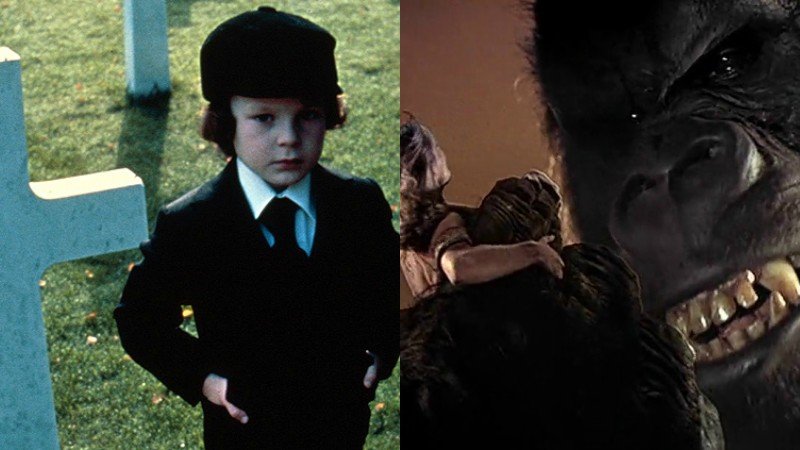
The Omen and King Kong (1976)
There’s no denying that the mood within Richard Donner’s The Omen was due largely in part to the music, and The Academy agreed. Composer Jerry Goldsmith was awarded the Best Score Academy Award (his first and only win, despite 18 total nominations) and also nominated for Best Original Song which he lost to Barbra Streisand and Paul Williams for A Star Is Born. The same year, the first remake of King Kong was awarded a Special Achievement Award for its visual effects (a distinction it shared with Logan’s Run). At the time, a Visual Effects category was not regularly given at the Oscars (and wouldn’t be made a formal competitive category until the next year, when Star Wars won). This marked the first time that something related to King Kong was awarded with an Academy Award as the 1933 original was given none.

Alien (1979)
Ridley Scott’s second feature film would not only go on to inspire generations and create a full-blown cultural icon and franchise, but it managed to gain validation at the Academy Awards as well. Alien was nominated for Best Art Direction (losing to All That Jazz) and won Best Visual Effects (beating out Star Trek: The Motion Picture). Artist H.R. Giger, who created the iconic look of the Xenomorph, was among the group that took home the prize.
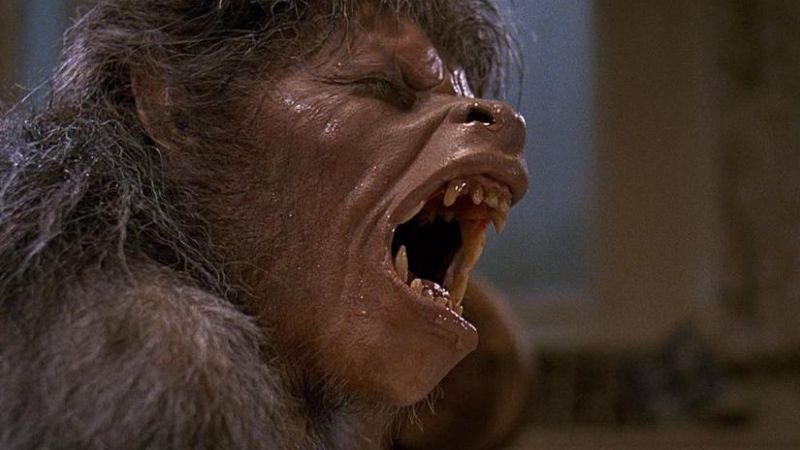
An American Werewolf in London (1981)
The Best Make-Up Academy Award was basically created for Rick Baker to win. Prior to 1981, the award had only been given out twice (to 7 Faces of Dr. Lao and Planet of the Apes) as a special achievement award. 1981 marked the first time the award was given out competitively, with Baker taking the prize for his work on John Landis’ seminal horror comedy. Baker would go on to be nominated ten more times with six more wins (and we’ll get back to that).
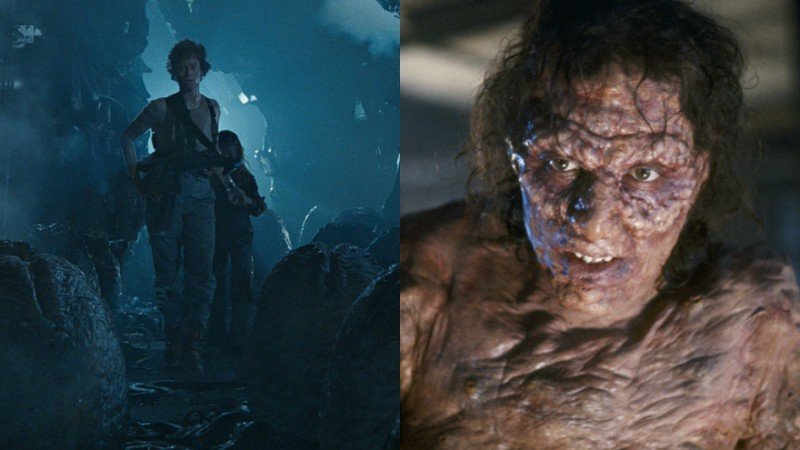
Aliens and The Fly (1986)
1986 was the year of the Monsters at the Oscars. Not only did Woody Allen win an Academy Award but James Cameron’s sequel to Alien picked up seven nominations at the ceremony including a Best Actress nomination for Sigourney Weaver’s return as Ellen Ripley. The film was also nominated for Best Original Score, Sound, Art Direction, and Editing. The film won Best Visual Effects and Best Sound Effects Editing. In addition, David Cronenberg’s masterful remake of The Fly was awarded the Best Makeup Oscar.
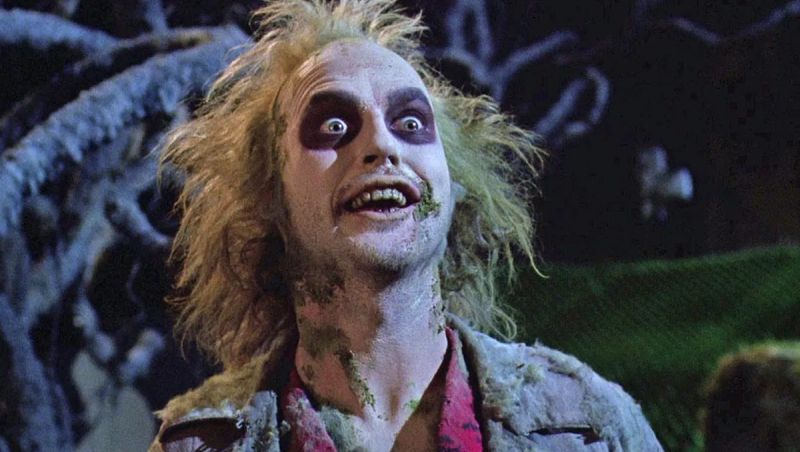
Beetlejuice (1988)
There is no denying that Tim Burton’s imaginative horror-comedy is both timeless and iconic, and The Academy thought so too, awarding it the Best Makeup Oscar, beating out Coming to America and Scrooged for the prize.
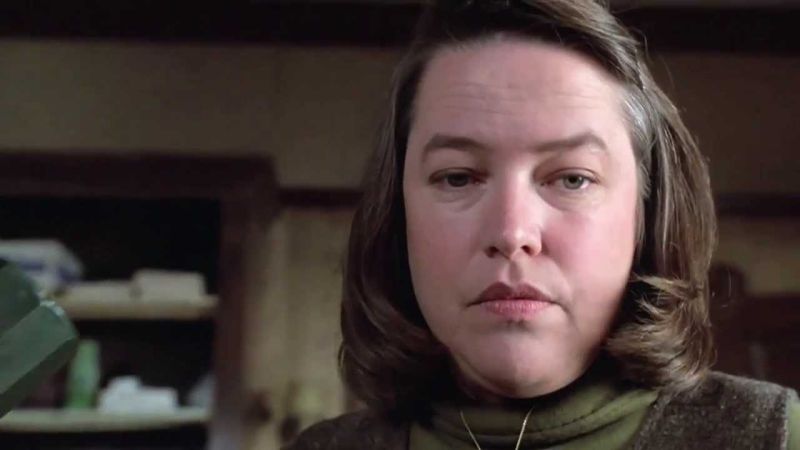
Misery (1990)
Rob Reiner’s adaptation of the Stephen King novel was given just one nomination at the Academy Awards, but it won that Oscar without any hesitation. Kathy Bates took home the Best Actress Oscar for her role of Annie Wilkes. It marks Bates first nomination (she would go on to get two more) and her only win to date. This also was the first time and only time that an adaptation of King’s work won at the Academy. Several others have been nominated, including Carrie, Stand By Me, The Shawshank Redemption, and The Green Mile.
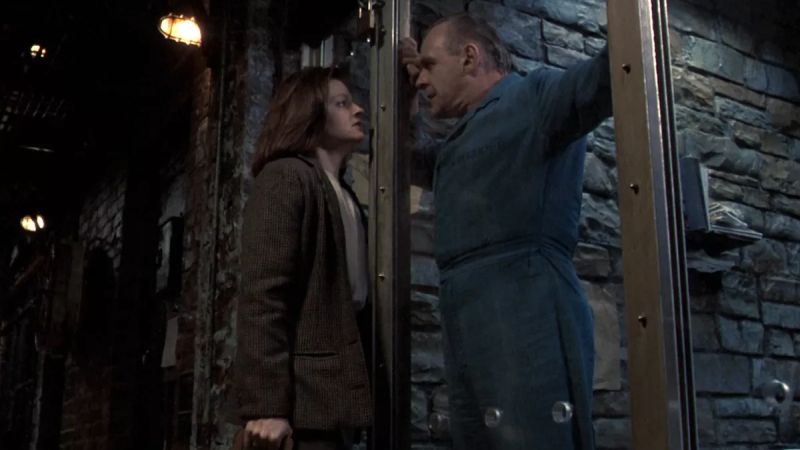
The Silence of the Lambs (1991)
The following year was when horror broke out at the Oscars with Jonathan Demme’s adaptation of Thomas Harris’ wildly popular novel, The Silence of the Lambs. Not only did the film set a record for horror movies at the Oscars, but it remains one of the only movies to win all five of the major awards at the ceremony, nabbing Best Adapted Screenplay, Best Actor, Best Actress, Best Director, and Best Picture. Only two other movies have managed to win all of the “Big Five,” those being It Happened One Night (1934) and One Flew Over the Cuckoo’s Nest (1975).
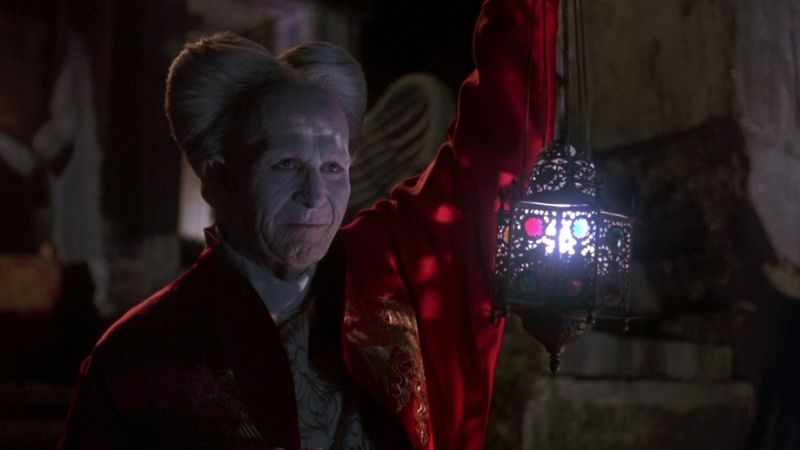
Bram Stoker’s Dracula (1992)
Though the film by Francis Ford Coppola is now infamous for the wrong reasons, the movie still managed to have a successful showing at the Academy Awards. The adaptation of the classic novel took home three awards, including Best Sound Effects Editing, Best Makeup, and Best Costume Design, while losing out on just one award, Best Art Direction.
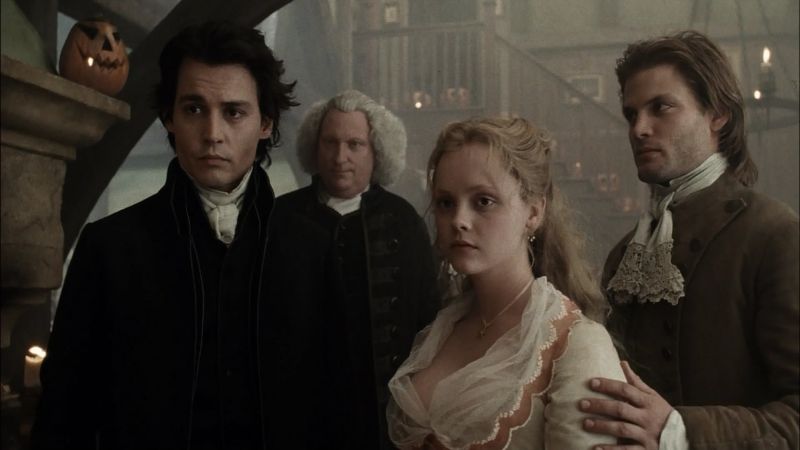
Sleepy Hollow (1999)
The turn of the new millennium was another major year for the horror genre at the Oscars, most notably because M. Night Shyamalan’s The Sixth Sense was nominated for six Academy Awards, but failed to take home gold in any category. There was one winner, however – Tim Burton’s period-piece slasher movie, Sleepy Hollow. The film was nominated in three categories, including Cinematography and Costume Design, and took home the Oscar for Best Art Direction.

King Kong (2005)
Just two years removed from sweeping most of the ceremony with The Lord of the Rings: The Return of the King, Peter Jackson came back with a monster of a movie, another remake of King Kong. Jackson’s new version of the film took home three of the four awards it was nominated for, including Best Sound Editing, Best Sound Mixing, and Best Visual Effects. The Academy can’t seem to get enough of the monarch of Skull Island either, as 2017’s Kong: Skull Island is up for the Best Visual Effects Oscar this year.
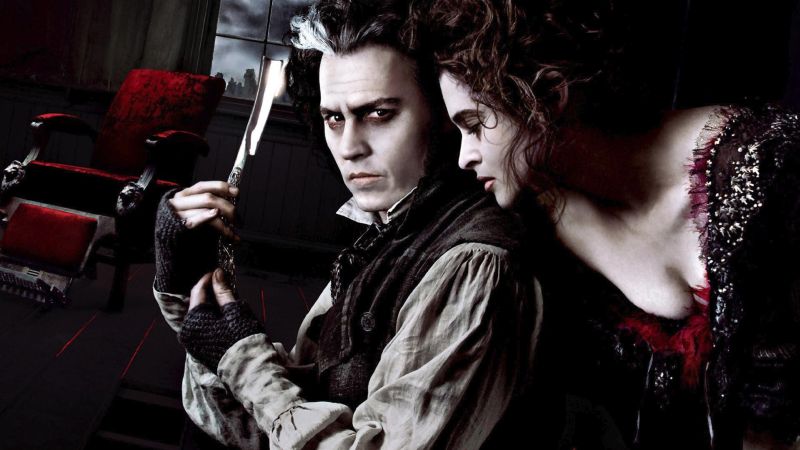
Sweeney Todd (2007)
You may have noticed a pattern here, but Tim Burton’s Gothic and horror-leaning movies are very likely to win Academy Awards, though even his more outlandish films can win (like Alice in Wonderland, which took home two Oscars). Burton’s 2007 adaptation of the Broadway musical Sweeney Todd is no exception, gaining an Oscar in the Best Art Direction category, and a nomination for Best Costumes and star Johnny Depp for Best Actor.
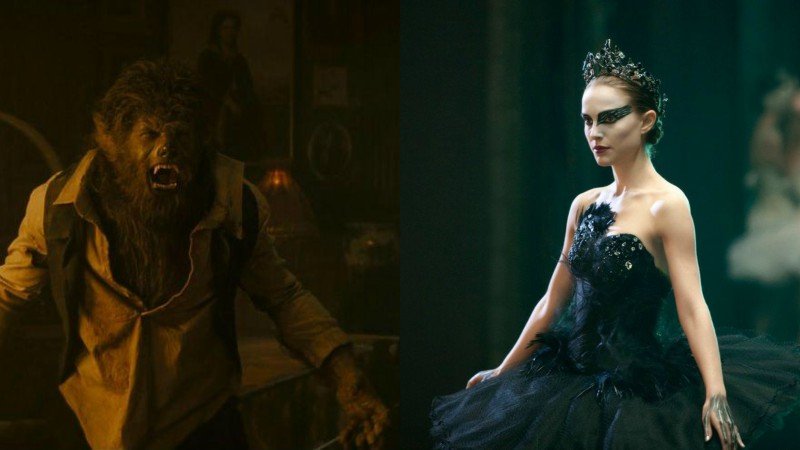
The Wolfman and Black Swan (2010)
Eight years ago was the last time horror had any kind of showing at the Academy Awards, the last time that anything remotely related took home one of the prizes. They were special wins though. Thirty years after winning his first Academy Award for An American Werewolf in London, Rick Baker took home the Best Makeup prize for his work on the remake of The Wolfman. Across Baker’s seven Academy Awards, the first and his most recent are for werewolf movies. There’s also the major win for Natalie Portman who won the Best Actress Oscar for her role in Darren Aronofsky’s horror-thriller Black Swan.
Before this year’s Oscars, there were only three other horror movies that were even nominated since 2010, with 2013 nominations including Frankenweenie and ParaNorman for Best Animated Feature and Prometheus for Best Visual Effects. Now there is a chance for scares to reign supreme.










